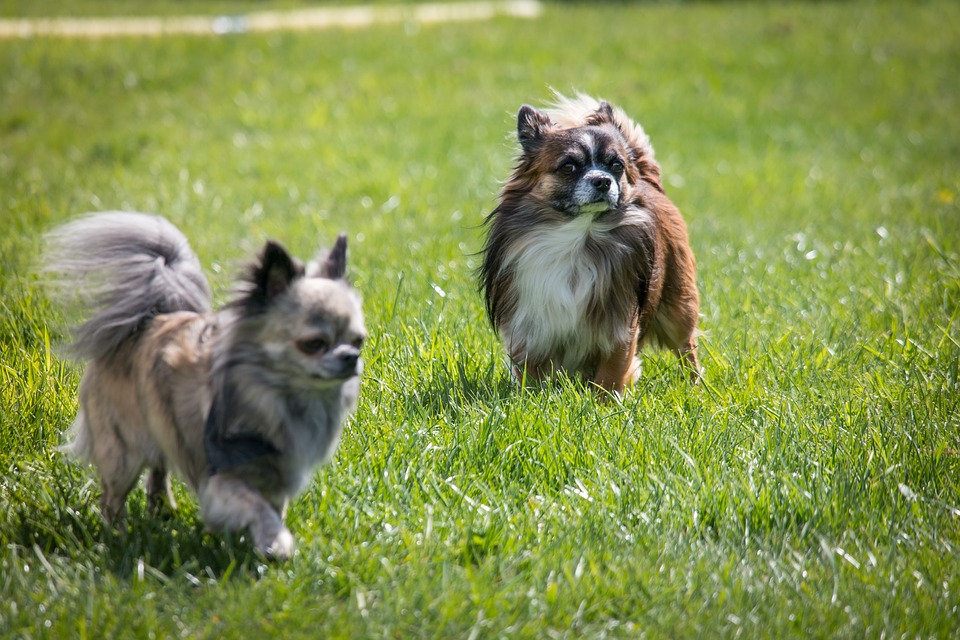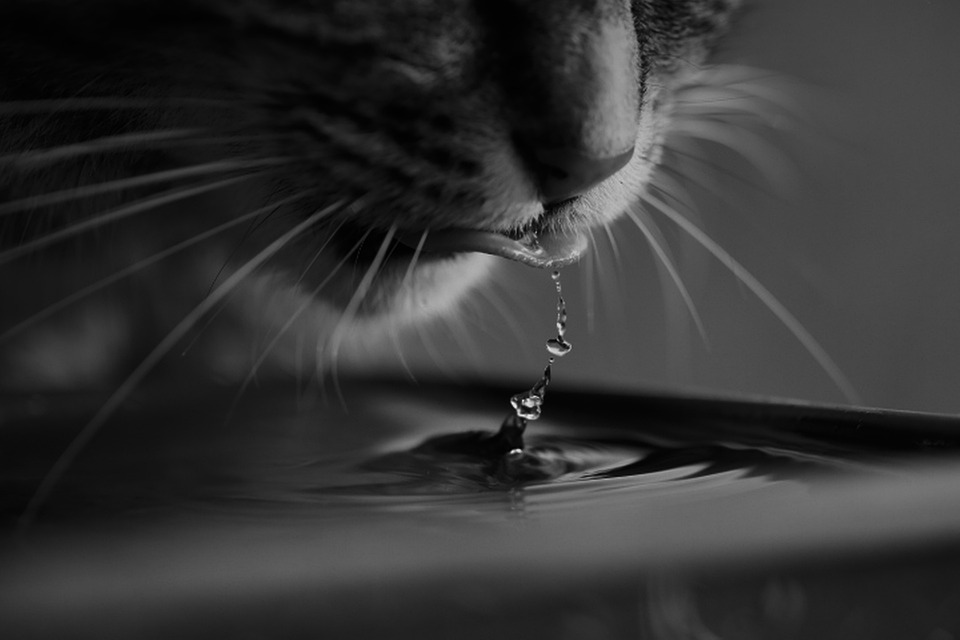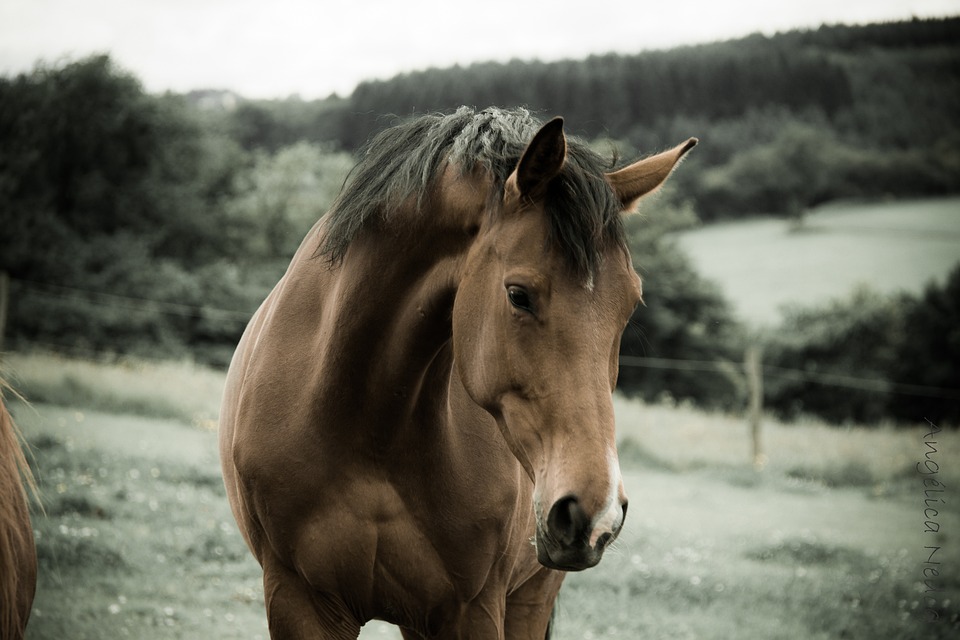Dartmoor Zoo recently welcomed three small antelopes to its site, adding to its diverse collection of wildlife. The trio of male Kirk’s dik-diks, named Gregg, Munchkin, and Pie, arrived from Colchester Zoo on 23 July. These tiny antelopes, standing at about 40 to 60 cm tall, are native to Eastern Africa, particularly Kenya, and were bred in the UK.
CEO David Gibson expressed his delight in welcoming the new additions, describing them as „very timid and nervous dwarf antelopes.“ He mentioned that the animals, aged between eight months to 18 months, typically do not live alone in the wild. The decision to rehome the three dik-diks from Colchester Zoo was made to provide a companion for Macaroni, a four-year-old dik-dik already residing in the African Aviary at Dartmoor Zoo.
Gibson highlighted the importance of creating a harmonious environment for the animals, emphasizing the need for visitors to be mindful of their sensitive nature. He mentioned that the four dik-diks, now forming a non-breeding group, seemed to be getting along well and were adjusting to their new habitat. The zoo’s senior keeper, Ashley Matthews, assured that they would closely monitor the animals‘ behavior and welfare during this adjustment period.
The name „dik-dik“ originates from the antelope’s call, and these small creatures are known for their unique defense mechanism of running in a zigzag formation and emitting whistling noises from their nose when threatened. This behavior helps raise alarm among others in the area, ensuring their safety in the wild.
Overall, the addition of the Kirk’s dik-diks to Dartmoor Zoo’s collection not only enriches the diversity of species at the facility but also provides a unique opportunity for visitors to observe and learn about these fascinating creatures. As the animals continue to settle into their new home, the zoo staff remains dedicated to ensuring their well-being and fostering positive interactions among the group.





